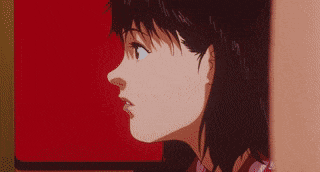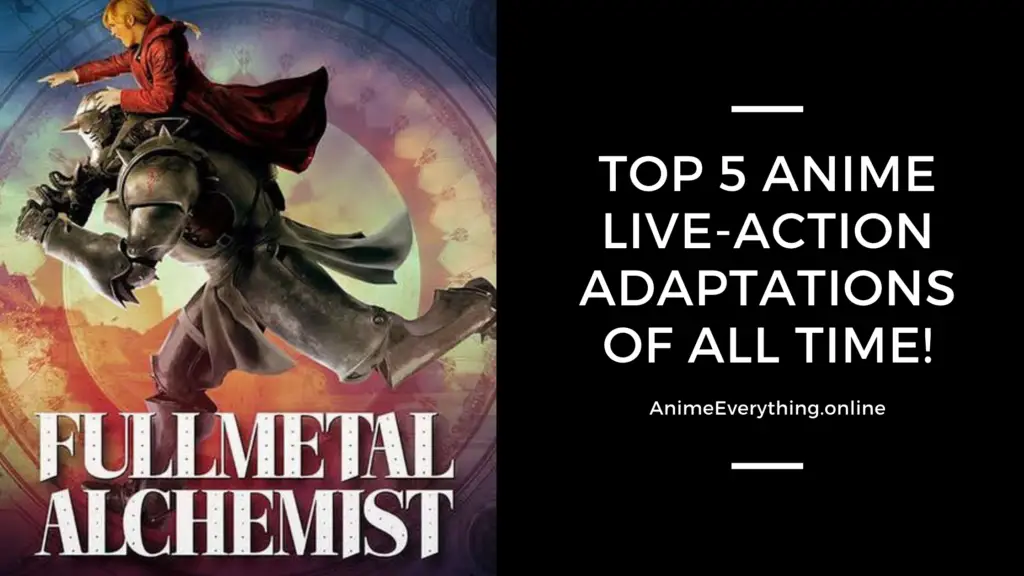Perfect Blue, directed by Satoshi Kon (今敏) and released in 1997, is one of the most chilling and psychologically intriguing anime films. It follows the mental deterioration of our main character, Mima Kirigoe, who, after leaving her pop idol group, “CHAM!”, becomes the object of desire for a jaded, highly delusional fan.
The movie has been lauded for its incredible use of mind warping transitions and critical commentary about murderous parasocial relationships. However, I want to talk about the use of color in the film, specifically the color red. It may seem like a mundane topic to discuss, but the use of color is incredibly important in how visual media tells its story.
What are color archetypes?
An archetype is a recurring idea that is found in all mythological storytelling. Archetypes are basic blueprints that stories are built upon. The idea of a hero and villain is one of the oldest archetypes that has been used in fiction before writing was even invented.
Colors also have their own archetypes that are associated with them, just like other narrative tools. Red, for example, has been associated with death due to its connection with blood or the idea of being ferocious.
Perfect Blue uses red in an unexpected but unique way that adds a layer of nuance to the film. If you didn’t notice it on your first watch, don’t worry, I didn’t either. Symbols like these usually operate on an unconscious level for the watcher, but once realized, they create a new found appreciation for director Kon’s attention-to-detail.
Mima’s Descent
Red is often shown in conjunction with Mima losing her sanity, especially during transitions where the line between reality and fiction is blurred. After reading “Mima’s room”, a website that eerily journals the main character’s day-to-day life, the phrase “excuse me, who are you?” is repeated with a strikingly intense, red background.

This scene quickly transitions to Mima on a movie set, repeating those exact words. This demonstrates the main character’s fragile psyche and how it’s being chipped away by her obsessive fan. Perfect Blue loves to play with the audience’s expectations by constantly making reality seem like fiction and fiction like reality.
Fiction or Reality?
Mima begins to star in a detective-drama film called “Double Bind” where the fictional narrative told in it mirrors her real life. It gets to the point where it’s often difficult to tell if a scene in Perfect Blue is actually happening or if it’s a subplot within Double Bind.
These scenes are regularly shown with the color red being present somewhere, which reinforces the fact that a slip out of reality is occurring. The film continues to play with this idea by making Mima’s stress manifest into hallucinations of her past self as an idol singer.
Mima’s Illusions
Throughout the film, Mima is confronted by these illusions that torment her for leaving CHAM! and the color red is used to great effect to highlight her split psyche.
After filming the rape scene in Double Bind, she once again reads Mima’s Room, which is written falsely, that Mima is being coerced into filming and no longer wants to do it. These are not Mima’s true feelings, but rather the twisted narrative that is being written by her stalker fan.
This manifests itself into another hallucination where pop idol Mima taunts actress Mima for being a woman who has many casual sexual partners. The pink-reddish frills on the illusion’s dress coupled with the red bow continue to suggest what a pivotal role that color has in the story.
Conclusion
Great use of color is not just visually appealing but can enhance the narrative that is being shown. Next time you’re watching an anime, take special note of how the director’s choice of colors affects your viewing experience.
Author’s bio:
Currently going to the University of Arizona for information science, Julian is interested in analyzing art and discussing philosophical themes.

